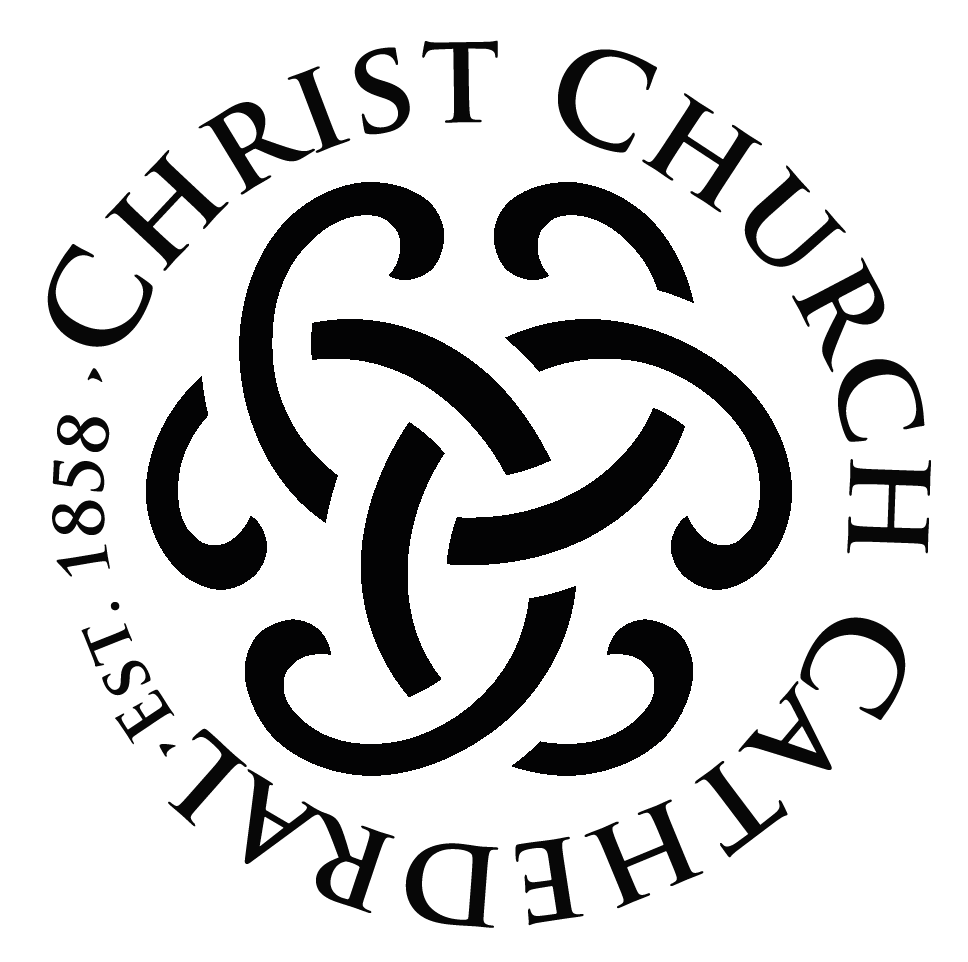“Watching a Mass on YouTube”
Sam Sawyer, S.J.
March 15, 2020
As I write, I am watching a livestream of the Mass that—up until 2 p.m. yesterday,
when the Archdiocese of New York suspended public liturgies as part of the effort
against the coronavirus epidemic—I was scheduled to preside for. Once the parish
was down to only the one Mass, via livestream, the pastor took it, and I’m grateful
that I was spared the need to get on the subway today.
We had Mass earlier this morning in our Jesuit community, in our own small chapel,
and I don’t think we have ever been more conscious of the power of the Mass or of
our own dependence on God as ministers than knowing that our small community is
able to have Mass in person while the vast majority of people around us are relying
on video streams for Mass today.
Every Mass is a Mass for the salvation of the world, because every Mass is Christ’s sacrifice for
all of us.
But every Mass is a Mass for the salvation of the world, because every Mass is
Christ’s sacrifice for all of us, no less with 10 priests in one small chapel than with
the pope and tens of thousands of the faithful in St. Peter’s Square, or with 500
parishioners at St. Francis Xavier on 16th Street, where I had expected to be this
morning.
The Mass has power whether we are able to be there in person or not; it has power
even if it can only be celebrated under limited and restricted circumstances, because
God is not bound by circumstance.
The Mass has power whether we are able to be there in person or not, because God is not bound
by circumstance.
Some people may suggest that recognizing the power of the Mass should make us so
courageous that we throw caution to the winds and trust in God to protect us
—“Don’t you trust God more than you fear the coronavirus?” they ask. But that gets
the question of trust exactly backward.
Trust God enough to know that the Mass is being offered for us, all over the world,
in small chapels in religious houses and in cathedrals that are eerily empty of
people, in hospitals and prisons, with people joining in prayer via YouTube and
Facebook Live and radio and local access cable television and every other form of
communication that human innovation has devised.
Trust the promise of God that the Sabbath was made for human beings rather than
human beings for the Sabbath. Trust the assurance of the church that the Sunday
obligation, even under normal conditions, does not bind when traveling to Mass is
impossible or imprudently dangerous.
Trust that the scientific knowledge that tells us how necessary it is to limit large
public gatherings is itself a gift of God. And that gift calls us to exercise our charity
by recognizing that every time we can avoid the risk of catching or passing on this
epidemic, we are acting in solidarity with those who are most vulnerable to this
disease, with the public health workers who are heroically on the front lines of this
crisis and indeed with the whole world. Trust that God gives us courage in order to
act wisely and not just boldly.
And above all, trust that it is God who makes the Mass and the Eucharist both
possible and powerful. And that power is sufficient even if we are limited to
participating through a livestream.
This article also appeared in print, under the headline “Watching a Mass on
YouTube,” in the April 13, 2020, issue of America The Jesuit Review.

